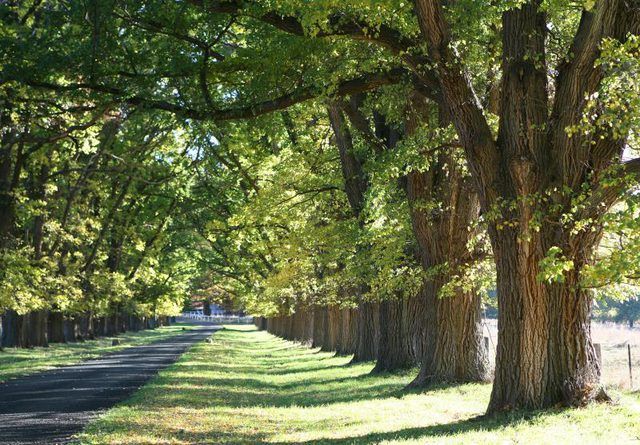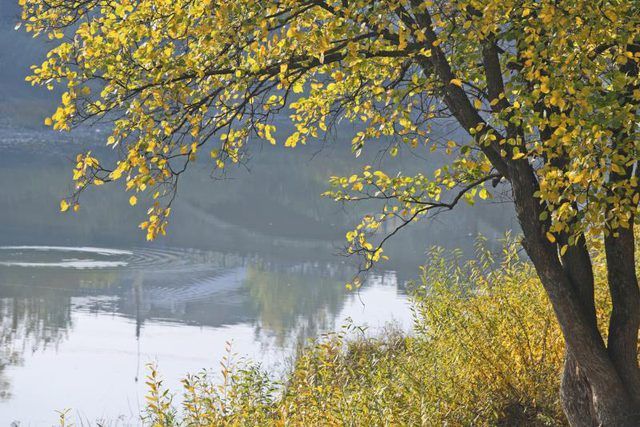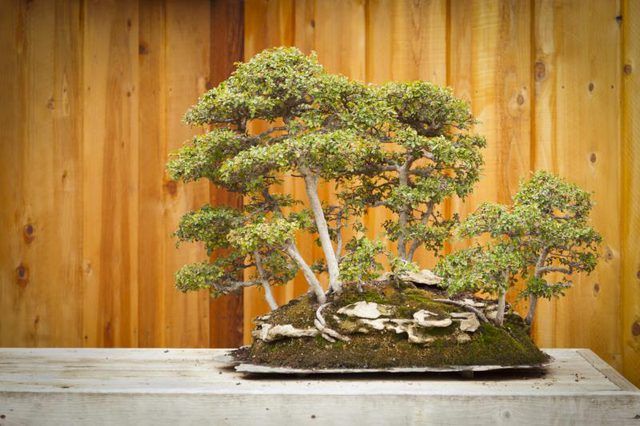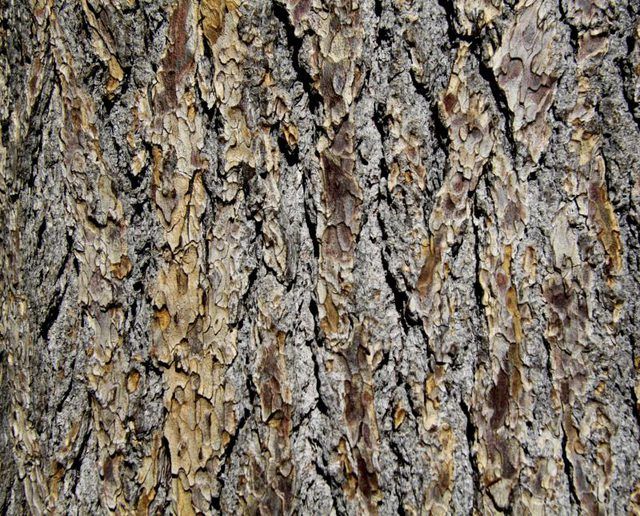Bulbs
Flower Basics
Flower Beds & Specialty Gardens
Flower Garden
Garden Furniture
Garden Gnomes
Garden Seeds
Garden Sheds
Garden Statues
Garden Tools & Supplies
Gardening Basics
Green & Organic
Groundcovers & Vines
Growing Annuals
Growing Basil
Growing Beans
Growing Berries
Growing Blueberries
Growing Cactus
Growing Corn
Growing Cotton
Growing Edibles
Growing Flowers
Growing Garlic
Growing Grapes
Growing Grass
Growing Herbs
Growing Jasmine
Growing Mint
Growing Mushrooms
Orchids
Growing Peanuts
Growing Perennials
Growing Plants
Growing Rosemary
Growing Roses
Growing Strawberries
Growing Sunflowers
Growing Thyme
Growing Tomatoes
Growing Tulips
Growing Vegetables
Herb Basics
Herb Garden
Indoor Growing
Landscaping Basics
Landscaping Patios
Landscaping Plants
Landscaping Shrubs
Landscaping Trees
Landscaping Walks & Pathways
Lawn Basics
Lawn Maintenance
Lawn Mowers
Lawn Ornaments
Lawn Planting
Lawn Tools
Outdoor Growing
Overall Landscape Planning
Pests, Weeds & Problems
Plant Basics
Rock Garden
Rose Garden
Shrubs
Soil
Specialty Gardens
Trees
Vegetable Garden
Yard Maintenance
How Fast Do Elm Trees Grow?
How Fast Do Elm Trees Grow?. Elm shade trees (Ulmus spp.), once a favorite for lining American streets, were nearly put out of business from the 1950s through the 1970s by Dutch elm disease, a lethal, Asian plant fungus brought to the United States on imported logs. With the introduction of disease-resistant species and cultivars, rapidly growing...
Elm shade trees (Ulmus spp.), once a favorite for lining American streets, were nearly put out of business from the 1950s through the 1970s by Dutch elm disease, a lethal, Asian plant fungus brought to the United States on imported logs. With the introduction of disease-resistant species and cultivars, rapidly growing elm trees are making a speedy comeback.

American elm (Ulmus americana) is hardy in U.S. Department of Agriculture plant hardiness zones 2 through 9, but the species tree is not resistant to Dutch elm disease. Although it grows fastest in a site with full-sun exposure and well-drained soil, it also grows in urban areas with partial shade, compacted, poorly drained soil and air pollution.
American elm has a fast growth rate. In his book "Manual of Woody Landscape Plants," author Michael Dirr defined a "fast growth rate" as 25 or more inches per year.
A healthy 3- to 4-foot-tall American elm sapling bought from a nursery typically grows 25 to 30 feet high in 8 to 10 years. In about 40 years, it may grow up to 100 feet tall with a 60- to 100-foot-wide canopy and roots spreading the same distance. Once established, an American elm will likely add 1/2 inch each year in trunk diameter, reaching 5 to 6 inches wide in 10 years and 3 or more feet wide in 100 years.

Although a healthy American elm grows rapidly, ensure its cultivars sold by a nursery resist Dutch elm disease and whether or not you can propagate them by cuttings if you want to do so. Ensure both aspects by determining whether or not each sapling cultivar is patented or trademarked.
A patented elm will be tagged with a patent number and "PVR," short for "plant variety rights," or "PPAF," which stands for "plant patent applied for." Both designations mean you can plant the tree's seeds but not cuttings from it. Propagating a Dutch elm disease-resistant elm by cuttings is the only way to ensure that the offspring will be genetically identical to the parent plant and also resist the disease. Trademarked plants have a tag with either a small "R" in a circle or "TM." Both symbols mean the plants' names are protected, but you can plant cuttings from them.
The U.S. National Arboretum reported that the unpatented "Valley Forge" (Ulmus americana "Valley Forge"), hardy in USDA zones 5 through 9, and "New Harmony" (Ulmus americana "New Harmony)" hardy in USDA zones 5 through 10, were the first commercially available American elm cultivars to resist Dutch elm disease. "Valley Forge" grows up to 3 feet per year. A test tree reached 26 feet tall with a spread of 30 feet in 12 years. "New Harmony" grows more than 25 inches per year, in one case reaching 68 feet tall with a spread of 72 feet.

Native to Japan, Korea and China, the Chinese elm (Ulmus parvifolia), also called the lacebark elm, can grow more than 3 feet each year, topping out at 60 to 80 feet tall. It is hardy in USDA zones 5 through 9. It resists, but is not immune to, Dutch elm disease. It grows well in a wide variety of soils as long as they drain well. It thrives in full sun.

The Siberian elm (Ulmus pumila) is fast-growing, which means it adds 25 or more inches yearly, topping out at 40 to 60 feet tall and from 35 to 50 feet wide. It is hardy in USDA zones 5 through 9. Although this tree grows rapidly, its wood is brittle, making it prone to splitting during wind storms. It grows best in full sun and is an option for dry climates.
